Final Table Set at 2011 World Series of Poker Main Event
“November Nine” Features Players from Seven Nations
ESPN’s WSOP Coverage Continues on Tuesday Nights through November 8, 2011
The 42nd annual World Series of Poker (WSOP) $10,000 No-Limit Hold’em Championship – commonly referred to as the Main Event – is down to its final nine players. The “November Nine” – a diverse and international group – is all that remains of the massive field of 6,865 players who entered the iconic tournament seeking poker’s most coveted title and a top prize of more than $8.7 million.
The final nine players represent seven countries – the most ever in WSOP and tournament poker history; Ukraine, Ireland, Germany, Czech Republic, Belize, Great Britain and the United States. The players will return to the Rio All-Suite Hotel and Casino in November to vie for poker’s ultimate trophy – a WSOP gold bracelet – and the lion’s share of the Main Event’s $64,531,000 total prize pool. The winner will receive a first-place prize of $8,711,956, with the other eight players sharing another $19 million-plus.
The November Nine and their respective chip counts are as follows:
1. Martin Staszko – 40,175,000
Staszko, of Trinec, Czech Republic, is a 35-year-old poker professional. He is the first Czech ever to make a WSOP Main Event final table. In addition to poker, he plays competitive chess and tennis for pleasure. He said it would be “unbelievable” to be the first person to bring a Main Event gold bracelet back to the Czech Republic.
2. Eoghan O’Dea – 33,925,000
O’Dea, of Dublin, Ireland, is a 26-year-old student. The son of Donnacha O’Dea – widely regarded as the greatest Irish poker player of all time – Eoghan is becoming quite the poker force himself. He now has a total of five WSOP cashes, four of which he earned this year. The father-and-son tandem now has a total of three WSOP Main Event final tables, with Donnacha having finished sixth in 1983 and ninth in 1991. It is the first time in WSOP history a father and son has made it to the Main Event final table.
3. Matt Giannetti – 24,750,000
Giannetti is a 26-year-old, self-taught poker professional from Las Vegas. Prior to launching his poker career, Giannetti graduated from the University of Texas.
4. Phil Collins – 23,875,000
Collins, 26, of Las Vegas, Nevada, is a professional poker player. His considerable entourage at the Main Event spurred on the former University of South Carolina student by loudly singing lyrics by the famous musician with whom their friend shares his name. Collins’ chip count kept him near the top of the leader board for much of the past few days, leading to numerous amateur renditions of “In the Air Tonight” echoing throughout the tournament room.
5. Ben Lamb – 20,875,000
Lamb, 26, is enjoying a career year at the WSOP, leading the race in Player of the Year points by a healthy margin. In addition to making the Main Event final table, Lamb’s other accomplishments at this year’s WSOP include a gold bracelet win, a second-place finish and eighth- and twelfth-place tournament finishes. The Tulsa, Oklahoma, native now boasts a total of 12 WSOP “in-the-money” finishes that have paid more than $2.1 million in total prize money (excluding the minimal ninth-place money he is guaranteed for making the November Nine).
6. Badih Bounahra – 19,700,000
Bounahra is the oldest member of the November Nine. At 49, the resident of Belize City, Belize, has been playing poker for about six years. Away from the felt, Bounahra says he enjoys fishing and sleep.
7. Pius Heinz – 16,425,000
Heinz is a 22-year-old student and poker professional from Cologne, Germany. He is the first German ever to make it to a WSOP Main Event final table, a feat he accomplished after a promising seventh-place finish in a previous WSOP event.
8. Anton Makiievskyi – 13,825,000
Makiievskyi, of Dnipropetrovsk, Ukraine, is a 21-year-old aspiring poker pro. When he isn’t competing on the felt, he enjoys cycling and anything pertaining to music, particularly teaching himself guitar and drums. This year marked his first trip to the WSOP in Las Vegas. Makiievskyi hopes to become the fifth Ukrainian to win a gold bracelet at the 2011 WSOP.
9. Sam Holden – 12,375,000
Holden, a 22-year-old professional poker player from Sussex, Great Britain, will enter the final table as the short stack. This first-time WSOP participant will need to pick his spots carefully in November if he is to bring poker’s most prestigious title back to England.
John Hewitt, 23, finished in 10th place, just one spot away from the November Nine. Hewitt is originally from Chicago but now resides in San Jose, Costa Rica. The former student demonstrated an aggressive style of play during the Main Event, at one point even holding the chip lead. In the end, it was not enough to make the final table.
In addition to the first-place prize of $8,711,956, prize money for the remaining eight spots is as follows*:
2nd place: $5,430,928
3rd place: $4,019,635
4th place: $3,011,665
5th place: $2,268,909
6th place: $1,720,396
7th place: $1,313,851
8th place: $1,009,910
9th place: $782,115
When play resumes in November, the players will pick up with 34 minutes and 57 seconds remaining in Level 36. The antes will be $50,000 and blinds will stand at $250,000 and $500,000.
The 2011 Main Event has received unprecedented nearly-live coverage on ESPN, ESPN2 and ESPN3.com. Comprehensive WSOP television coverage will begin airing Tuesday, July 26 at 9 p.m. Eastern on ESPN. Coverage will continue in two-hour blocks each Tuesday at 9 p.m. for 16 weeks, culminating with Main Event Final Table coverage on Nov. 8, 2011.
The 2011 Main Event capped the largest-ever WSOP, both in terms of total participation and prize pool. A total of 75,672 players from 105 countries entered the 58 events on this summer’s WSOP schedule, generating a total prize pool of $191,999,010.
The 2011 Main Event was the third-largest in the tournament’s illustrious history, drawing 6,865 players from 85 nations. Only the 2006 Main Event (8,773 participants) and the 2010 Main Event (7,319 participants) were larger.
*The final nine players each received ninth-place prize money upon reaching the final table; the remainder of the prize pool will be placed in an interest-bearing account to be added to the prize pool on a percentage basis for the final eight finishers.
ABOUT THE WSOP
The World Series of Poker (WSOP) is the largest, richest and most prestigious gaming event in the world, awarding millions of dollars in prize money and the prestigious gold bracelet – globally recognized as the sport’s top prize. Featuring a comprehensive slate of tournaments in every major poker variation, the WSOP is poker’s longest running tournament in the world, dating back to 1970. In 2011, the event attracted 75,672 entrants from more than 100 different countries to the Rio in Las Vegas and awarded more than $191 million in prize money. In addition the WSOP has formed groundbreaking alliances in broadcasting, digital media and corporate sponsorships, while successfully expanding the brand internationally with the advent of the World Series of Poker Europe.
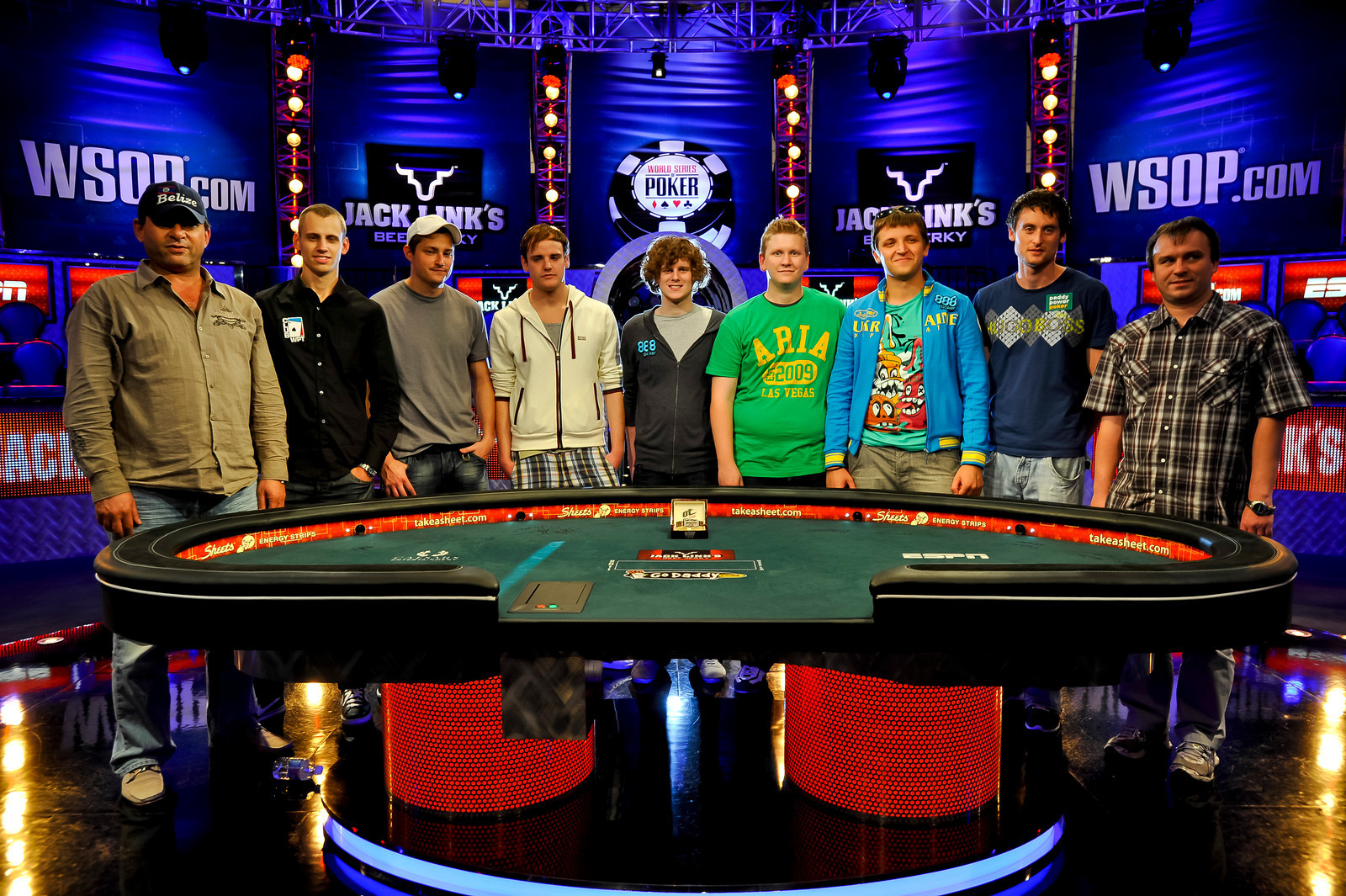


 The 1st Annual “National Women’s Poker Day™”, hosted by Ladies International Poker Series – LIPS™, is the first poker event of this kind in poker history.
The 1st Annual “National Women’s Poker Day™”, hosted by Ladies International Poker Series – LIPS™, is the first poker event of this kind in poker history.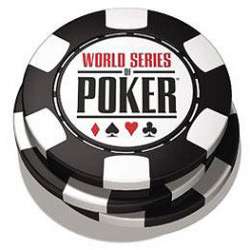 Total Prize Money and Participation Establish New High Marks
Total Prize Money and Participation Establish New High Marks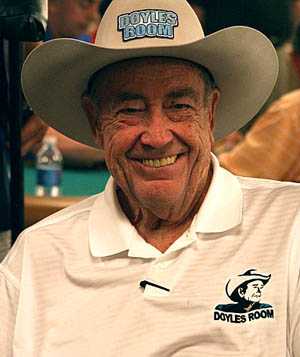 The World Series of Poker Main Event is one of the biggest tournaments in the world, and also draws in some of the most attention, and the largest prize pool for any tournament. The tournament begins this week, there will be thousands of players in it; one big named player has decided that he will play it after orginally saying that he would not. Doyle Brunson is one of the biggest, and most well-known names in poker, after saying that he would sit out this years WSOP, he changed his mind and will be playing in this year’s Main Event. Brunson is one of the eighteen living members who make up the Poker Hall of Fame.
The World Series of Poker Main Event is one of the biggest tournaments in the world, and also draws in some of the most attention, and the largest prize pool for any tournament. The tournament begins this week, there will be thousands of players in it; one big named player has decided that he will play it after orginally saying that he would not. Doyle Brunson is one of the biggest, and most well-known names in poker, after saying that he would sit out this years WSOP, he changed his mind and will be playing in this year’s Main Event. Brunson is one of the eighteen living members who make up the Poker Hall of Fame. Federated Sports + Gaming (FS+G) announced today that it has acquired Heartland Poker Tour (HPT), the nation’s leading grassroots poker tour and one of the largest independent producers of poker content on television.
Federated Sports + Gaming (FS+G) announced today that it has acquired Heartland Poker Tour (HPT), the nation’s leading grassroots poker tour and one of the largest independent producers of poker content on television.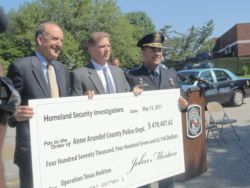 A local police department in Maryland is celebrating after participating in a federal sting operation which shut down major internet gambling operations. The Anne Arundel Police Department received a check for $470,000 after helping the
A local police department in Maryland is celebrating after participating in a federal sting operation which shut down major internet gambling operations. The Anne Arundel Police Department received a check for $470,000 after helping the  The World Series of Poker (WSOP) today announced GoDaddy.com as a new premier sponsor of the 42nd Annual World Series of Poker. GoDaddy.com, the world’s largest
The World Series of Poker (WSOP) today announced GoDaddy.com as a new premier sponsor of the 42nd Annual World Series of Poker. GoDaddy.com, the world’s largest 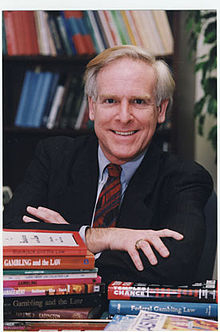 In a previous blog, I wrote that the timing was suspicious. Why did the federal Department of Justice (“DoJ”) make its big show on Friday, April 15, 2011, when the grand jury had been meeting for more than a year?
In a previous blog, I wrote that the timing was suspicious. Why did the federal Department of Justice (“DoJ”) make its big show on Friday, April 15, 2011, when the grand jury had been meeting for more than a year?